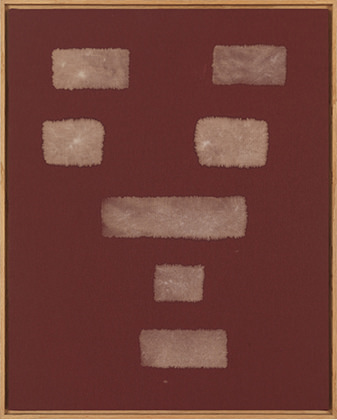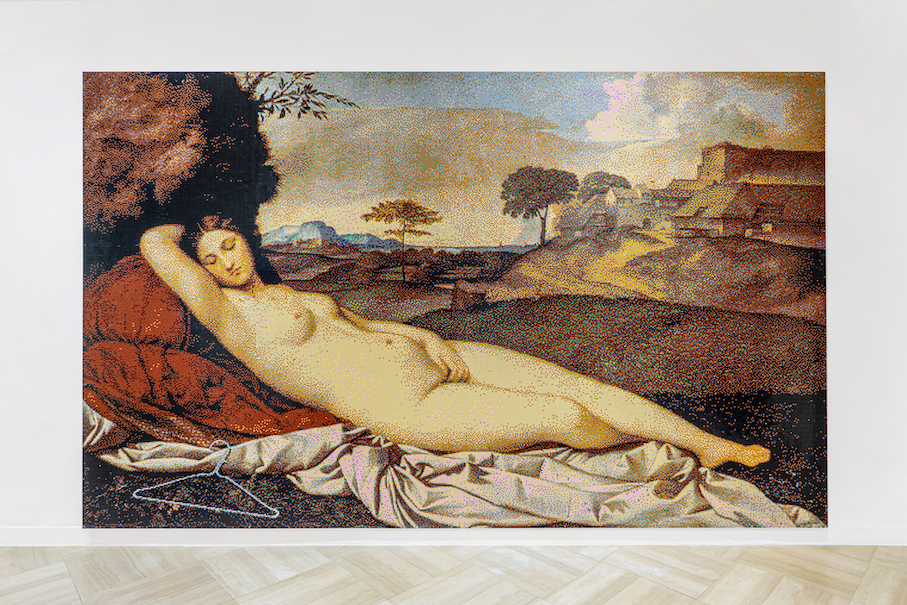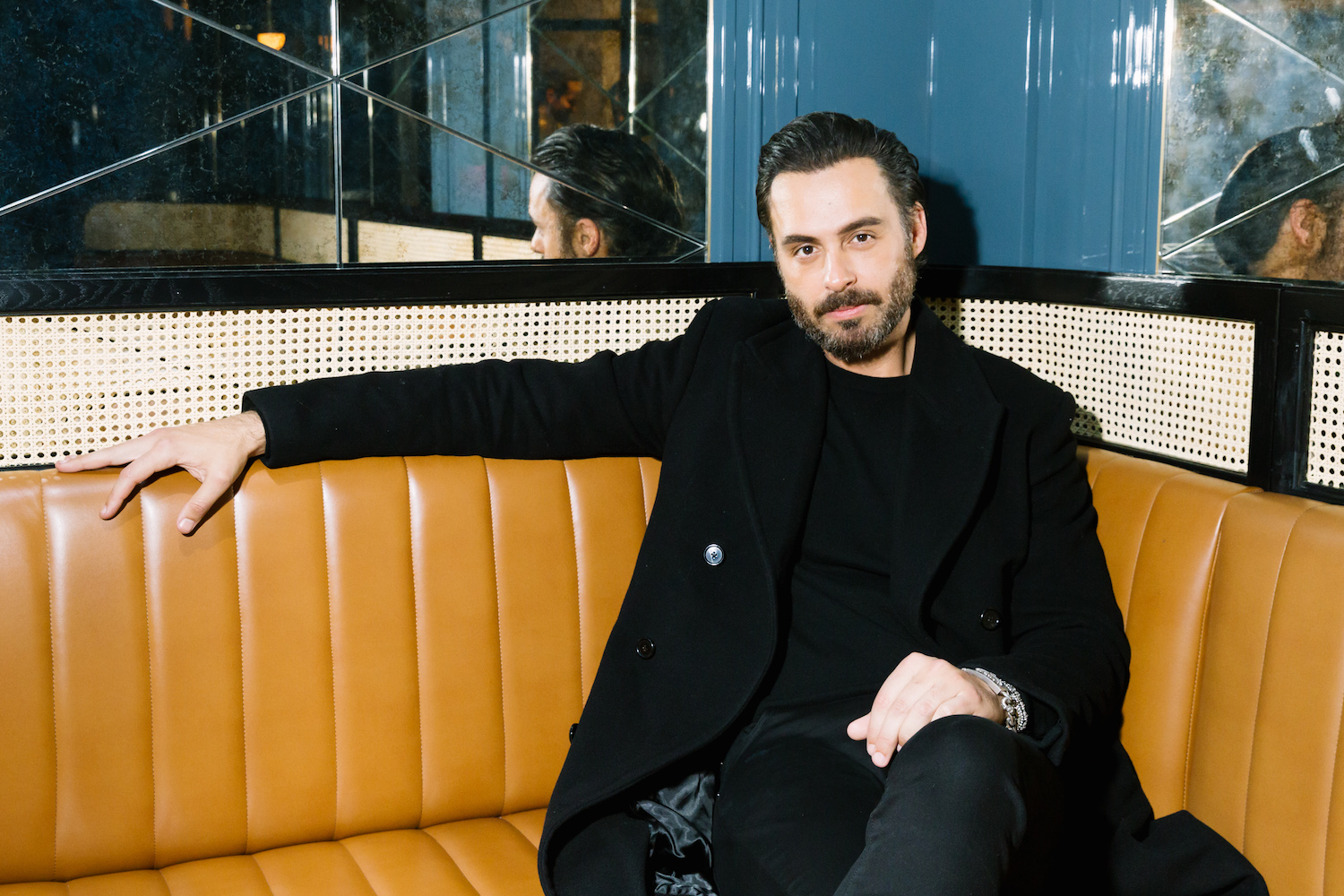In the age of the e-reader, an exhibition about books is a loaded proposition. At Ed Ruscha’s sprawling self-titled exhibition at Gagosian, which runs through Saturday January 12, books are everywhere, but it’s not the death of print that the artist is worried about. Instead, it seems he’s interested in exploring the limits of another medium, one that was first declared dead about 100 years ago: painting.
For all his conceptual might, painting is Ruscha’s vehicle. This current show, a reworking of “Reading Ed Ruscha” at Kunsthaus Bregenz, he has rendered the book in a half dozen ways dating back as far as the early ‘90s — the only pieces that don’t reference reading directly are two large works originally created for the Miami-Dade Public Library in 1985. The most arresting works are those that greet the visitor immediately upon arrival at the gallery: three colossal books, open in the center to a blank page, each book a little more worn than the one before it. The most pristine of the trio has the haunting title Old Book Back Then, a sort of memento mori writ large.
“As interesting as the ideas are he expresses them in the medium that he was trained in and spent his whole life doing,” said Bob Monk, a director at the gallery, as he walked me through the space, past the artist’s many investigations of the written word. “They’re paintings of books, and paintings about books, and painting about words, and paintings of words, and paintings that are made with words.” There are also of paintings on books, photographs of books, and a selection of paintings made of omitted words.
Words have always been an important part of the artist’s practice, so much so that he invented his own font, Boy Scout Utility Modern, easily recognizable by its squared off curves. “Sometimes I wonder whether I am painting pictures of words or whether I’m painting pictures with words,” the artist has said, and this exhibition easily makes the case for both.
The most captivating, and simply the most beautiful, works in this show have no words at all however. They are two large paintings created specifically for Gagosian, each showing an open book, its pages reaching out to the viewer in tromp l’oeil fashion. Compared to the salvaged volumes found elsewhere in the gallery these are the platonic ideal of the book, with marbled Florentine endpaper and gilded edges. But at first glance, they look like an abstract painting, just a series of swirls and vertical lines, but upon closer inspection it becomes clear what you are looking at; it’s a miracle of the power of paint. The painting also manages to express another theme seen throughout the exhibition; here is a book transformed becomes an object. There’s no cover to judge this book, just the promise of the empty page.
“If you’re a reader, if you love books, it’s kind of magical,” said Monk, those three colossal books forming a phalanx in front of us, each in its own state of decomposition. “Especially this room, for me, it’s almost like Alice in Wonderland in a funny way.”
Born in 1937 in Omaha, Nebraska, Edward Ruscha moved to Oklahoma City in 1941 and to Los Angeles in 1956 to attend the Chouinard Art Institute. He had his first solo exhibition in 1963 at the Ferus Gallery in Los Angeles. At the start of the seventies, Ruscha began showing his work with the Leo Castelli Gallery in New York. He currently shows with the Gagosian Gallery in New York, Beverly Hills and London.
Ruscha has consistently combined the cityscape of Los Angeles with vernacular language to communicate a particular urban experience. Encompassing photography, drawing, painting, and artist books, Ruscha’s work holds the mirror up to the banality of urban life and gives order to the barrage of mass media-fed images and information that confront us daily. Ruscha’s early career as a graphic artist continues to strongly influence his aesthetic and thematic approach.









